Ultrasonic toothbrushes use sound waves (over 20,000 Hz) to remove plaque, while sonic toothbrushes use high-frequency sonic vibrations (about 31000-40000) to clean teeth. Studies have shown that ultrasonic toothbrushes perform better in plaque removal, with data showing that they can reduce plaque by up to 70%.
In terms of cleaning effect, ultrasonic toothbrushes can penetrate between teeth and hard-to-reach areas. According to a clinical trial, people who used ultrasonic toothbrushes improved their gum health index by 30% within three months. Sonic toothbrushes, on the other hand, rely on the mechanical movement of the brush head, which is also effective, but the cleaning depth is relatively shallow.
Ultrasonic toothbrushes are usually quieter and vibrate less, making them more comfortable to use and suitable for people with sensitive gums. In contrast, the vibration of sonic toothbrushes is stronger, which may make some users feel uncomfortable. However, according to market research, about 65% of users prefer sonic toothbrushes because they have obvious cleaning effects and are easy to control.
The price of ultrasonic toothbrushes is generally higher than that of sonic toothbrushes, but the oral health benefits brought by long-term use are often higher. Many users reported that although the initial investment is large, ultrasonic toothbrushes have potential economic benefits in reducing dental treatment costs.
On the whole, Ultrasonic toothbrushes are more suitable for users who pursue efficient cleaning and have special oral needs, while Sonic toothbrushes are suitable for consumers with limited budgets and cost-effectiveness. According to data analysis, choosing the right type of toothbrush can significantly improve oral health, and users are advised to make choices based on their own needs.
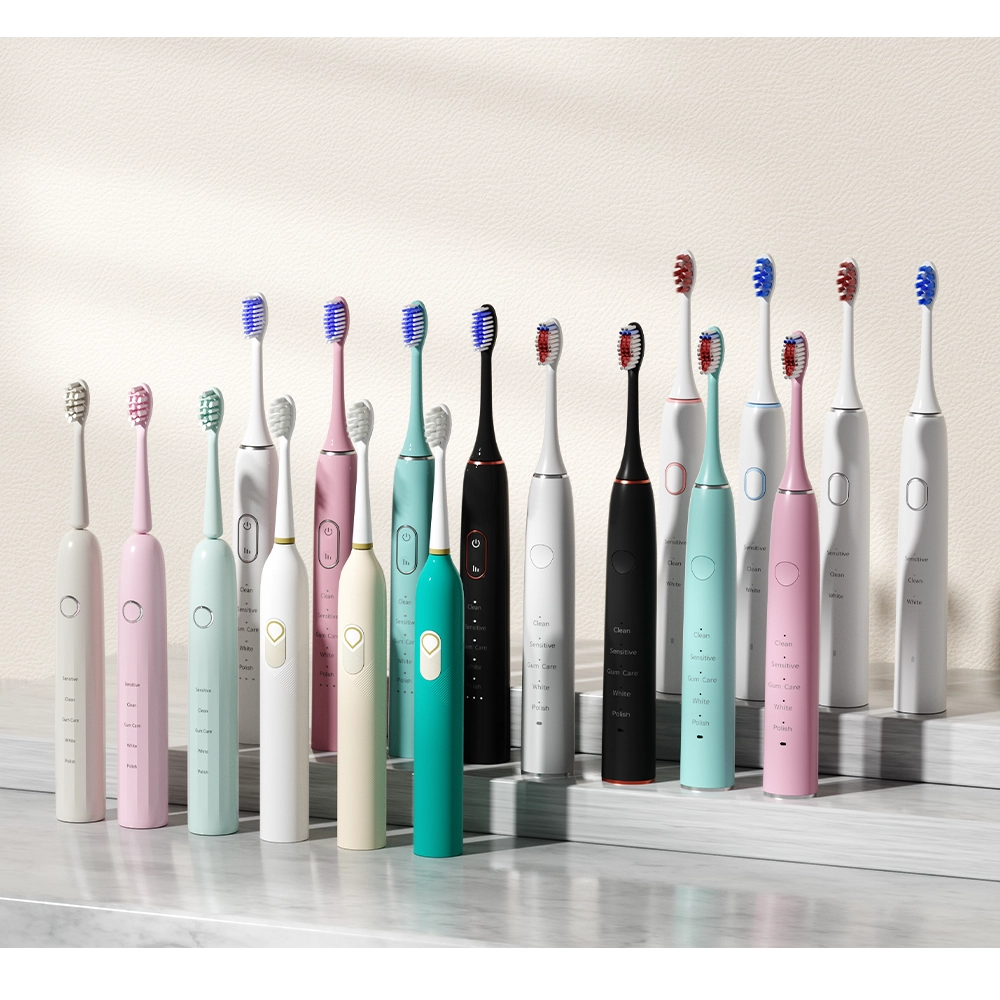
The Advantages of Teeth Whitening Devices: How to Enjoy Professional-Level Teeth Whitening Results at Home

Electric toothbrush vs manual toothbrush: scientifically proven superiority

Five benefits of using a Wave electric toothbrush

Powsmart’s Electric Toothbrush Factory: the story behind 20 years of industry experience
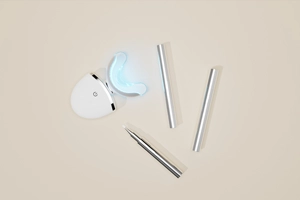
Things you should know about LED teeth whitening devices

About the roundness of electric toothbrushes head

Know It Before Business: Water Pump of Water Flosser

Unveiling the production of electric toothbrushes
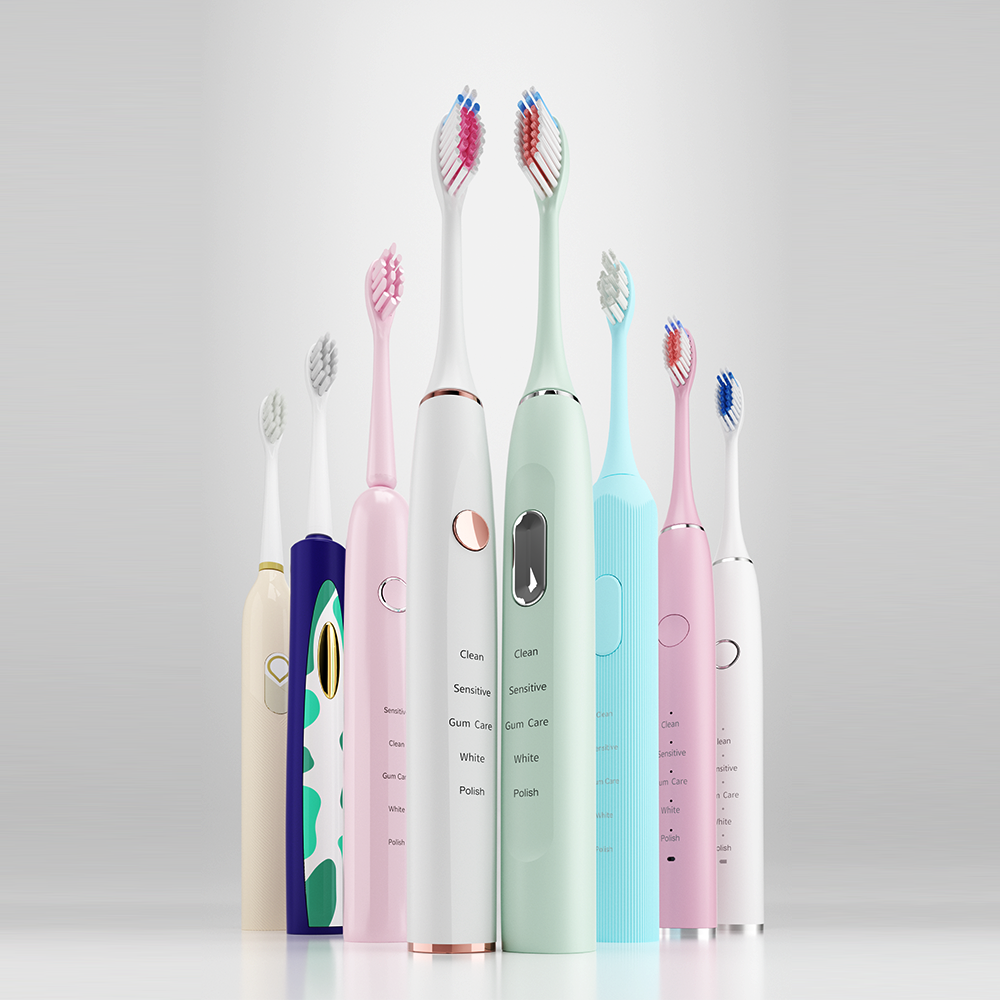
Tips and care for electric toothbrushes
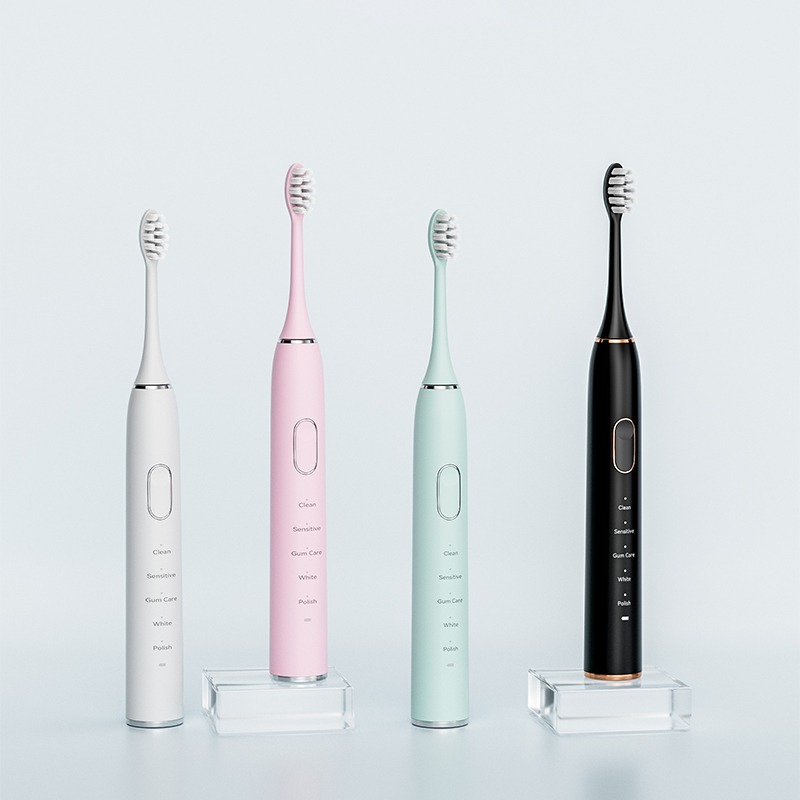
How to choose the right electric toothbrush for you?

Why Teeth Whitening Certification Matters?
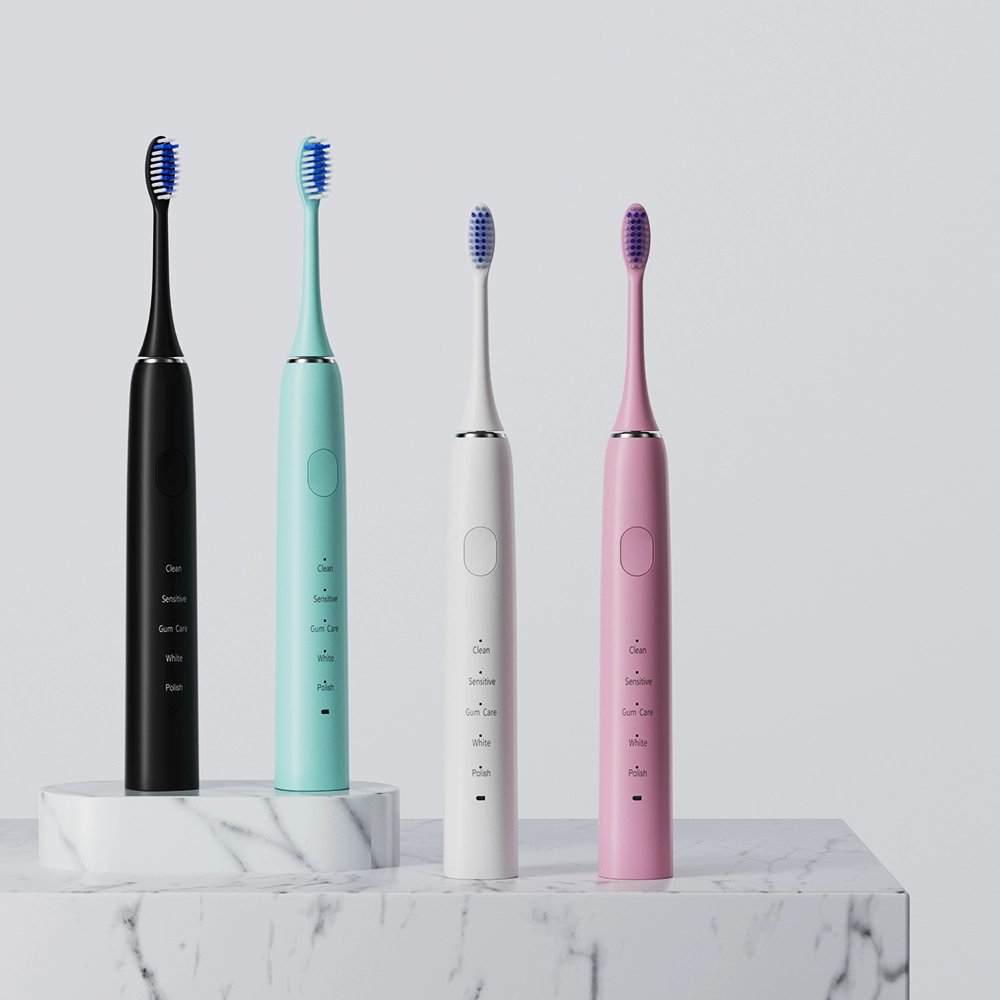
Design and user experience of electric toothbrushes

Market Trends and Consumer Demand for Electric Toothbrushes

How to find a factory to OEM your own brand of teeth whitening kits

Are Electric Toothbrushes a Good Investment?

Environmental Protection and Sustainability of Electric Toothbrushes

Private Label Whitening Gel
.jpg)
Florida Electric Toothbrush – Powsmart PTR-C8
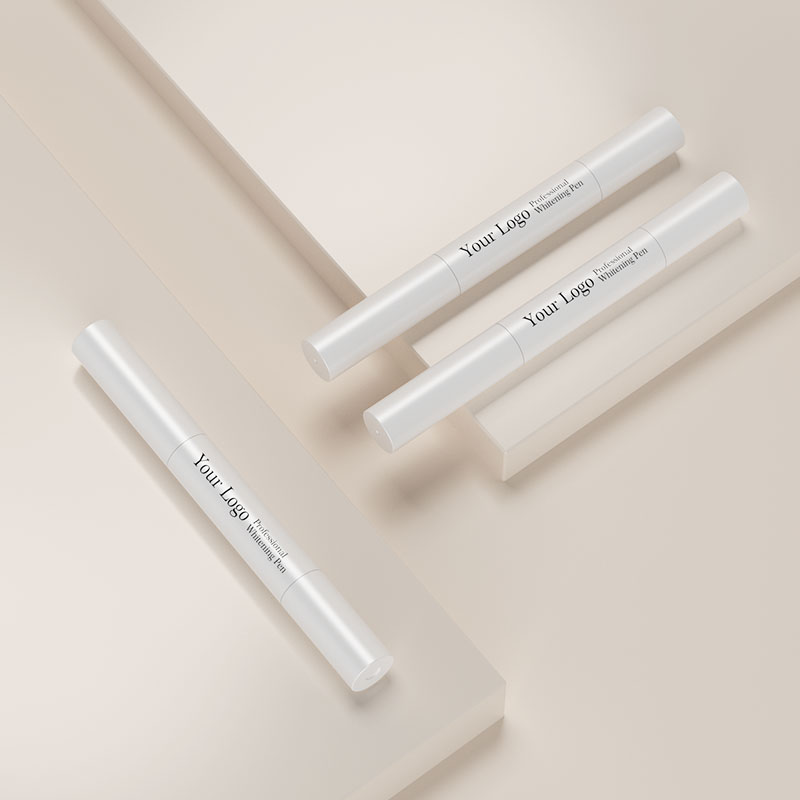
Customization Teeth Whitening Gel
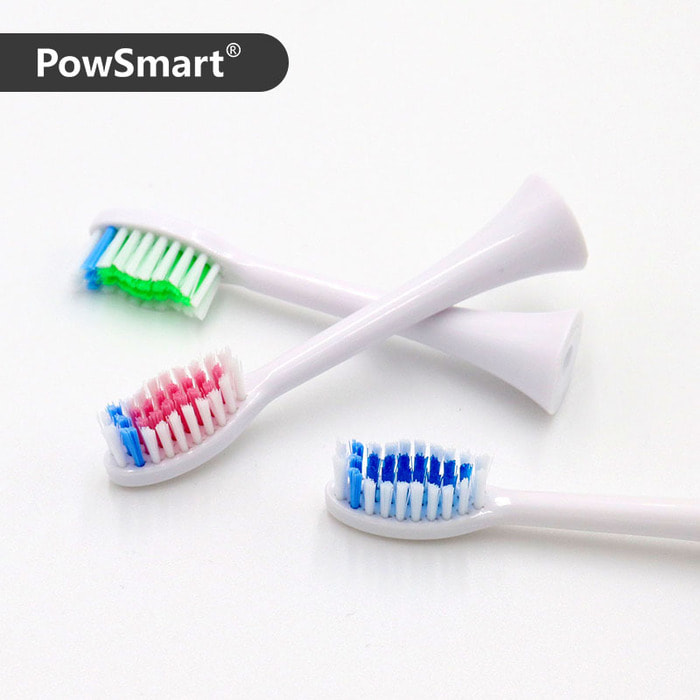
electric toothbrush heads Regular Clean
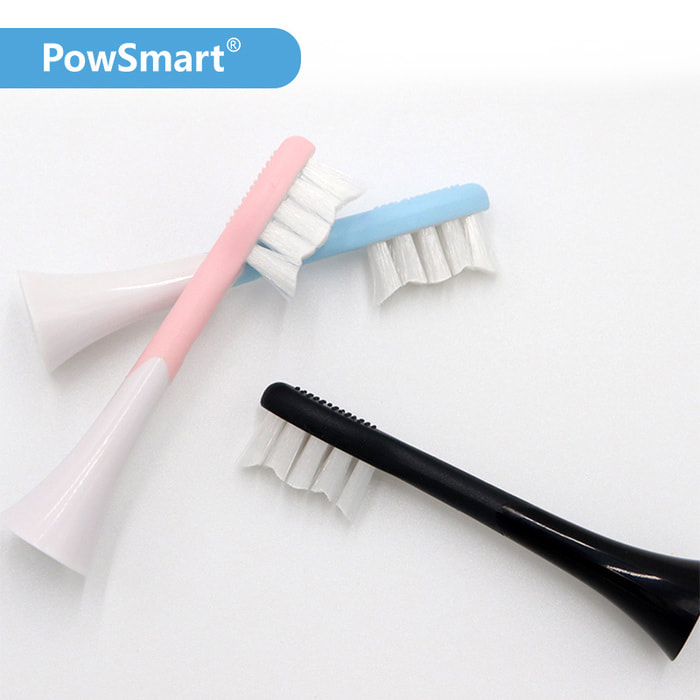
electric toothbrush heads Ultra Soft
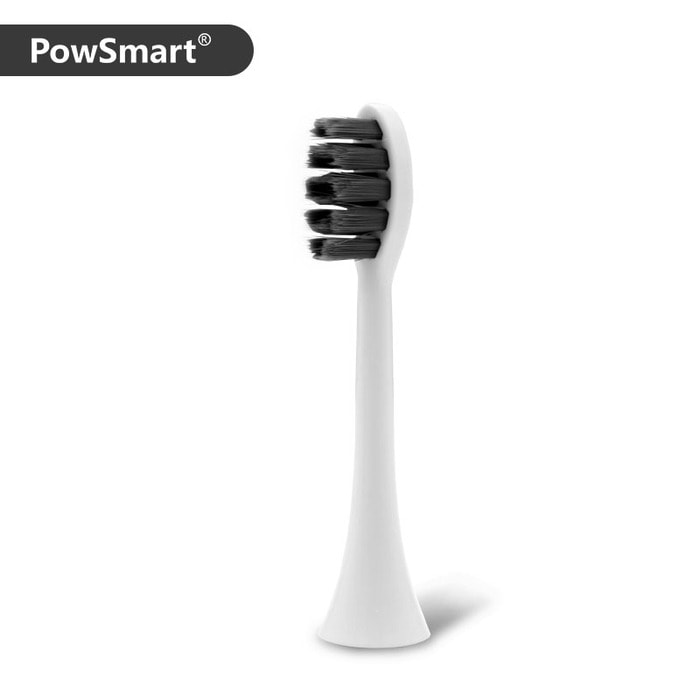
Electric toothbrush heads Charcoal Infused-Diamond
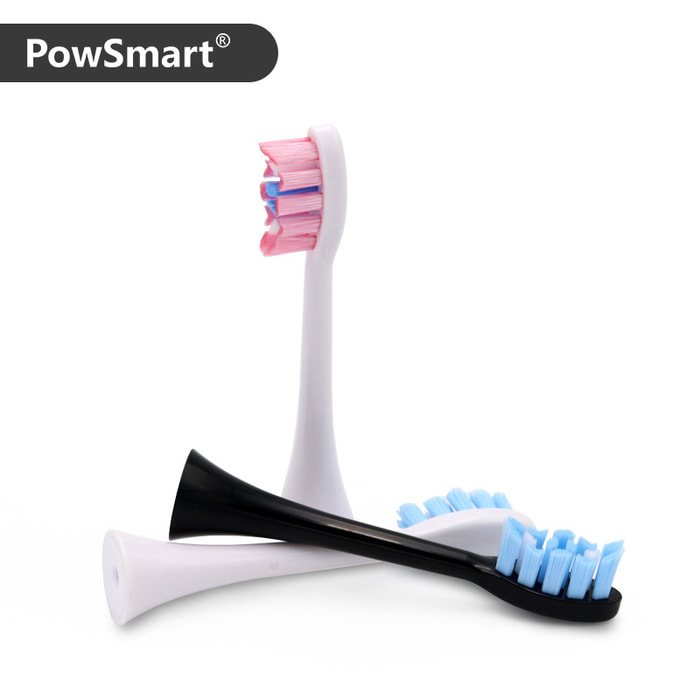
electric toothbrush heads Deep Clean
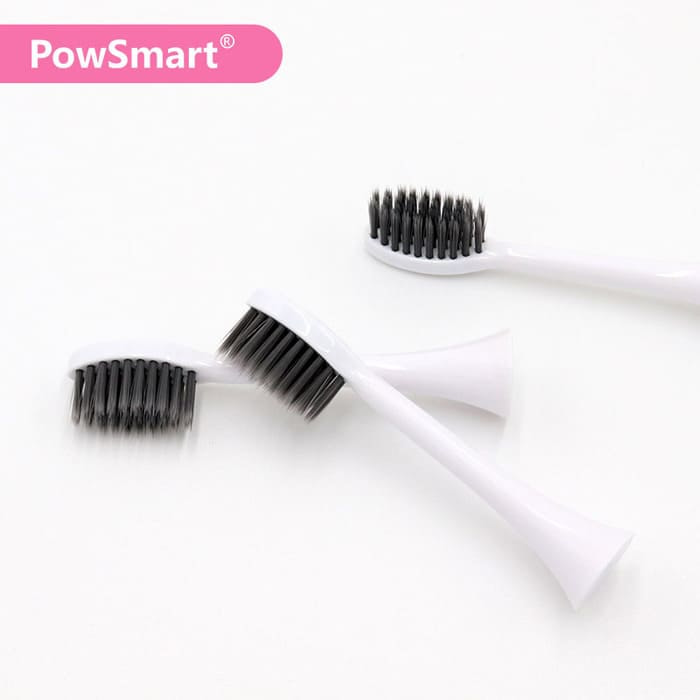
electric toothbrush heads Charcoal Infuse-Round
whstapp
whstapp
National Toll-Free Service Hotline
+86 755 86238638